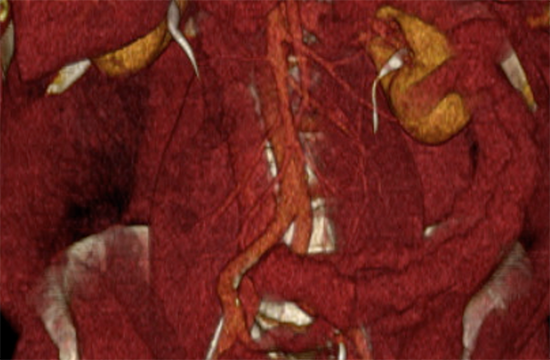Images have the power to teach, to persuade, to move you emotionally, and to imprint themselves in your memory. Visual Medical Education (VME) creates innovative visual tools to improve educational and health outcomes, and to tell the story of our scientific discoveries. We are here to partner with School of Medicine faculty and our clinical colleagues. Digital technology now allows us to go far beyond the simple image. 3D animations, virtual and augmented reality, apps, social media, and the web offer many immersive ways to illuminate science.
VME is currently engaged with select projects in the School of Medicine. These projects are intended to explain our key discoveries and address important educational needs that affect a significant number of learners and change patient outcomes. We have developed training tools for clinical staff, educated patients, created materials for medical students, and co-authored a number of papers as we seek to base our designs on evidence.
"Human-Centered Design" is a term that has recently made its way into the world of academic medicine. It is an increasingly popular process used to solve problems and guide innovation. Designers are driven by empathy to creatively solve problems for individuals who use our creations. We have been applying this way of thinking to our work for many years. Together with our partners in the Emory School of Medicine we are working to preserve health, extend life, and alleviate human suffering.








